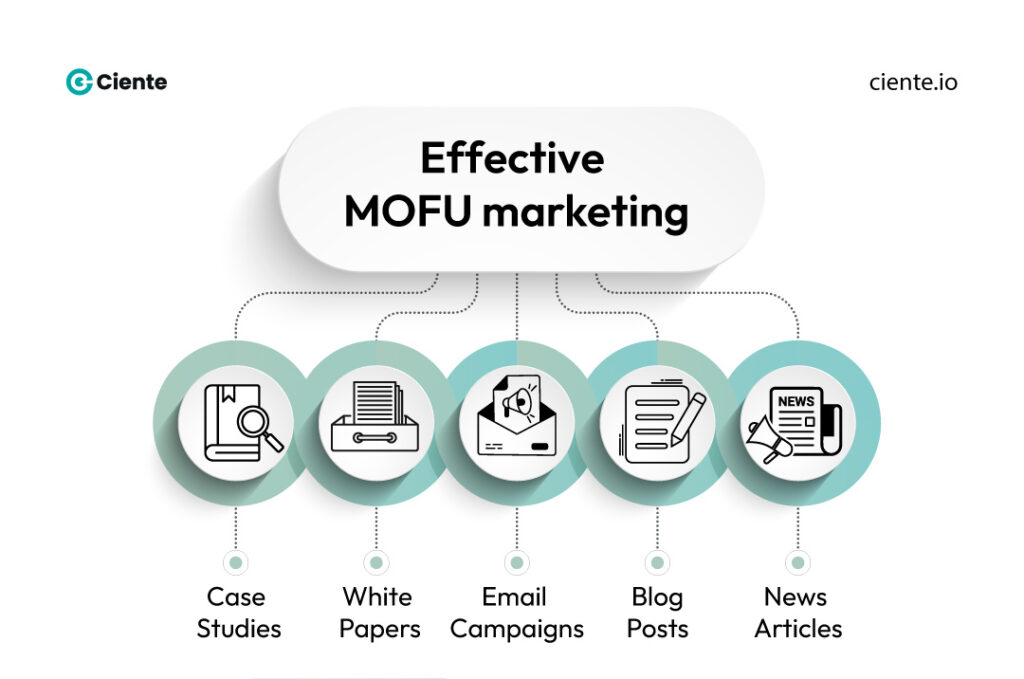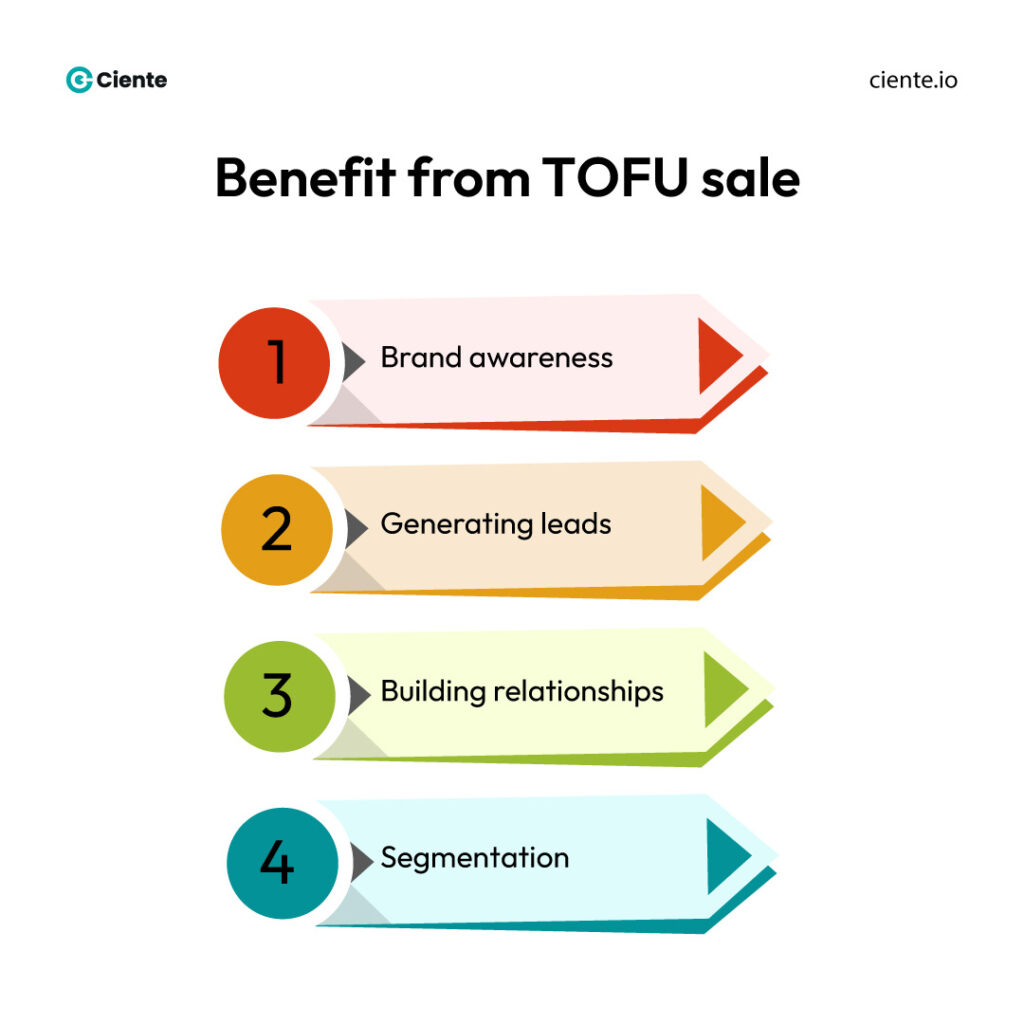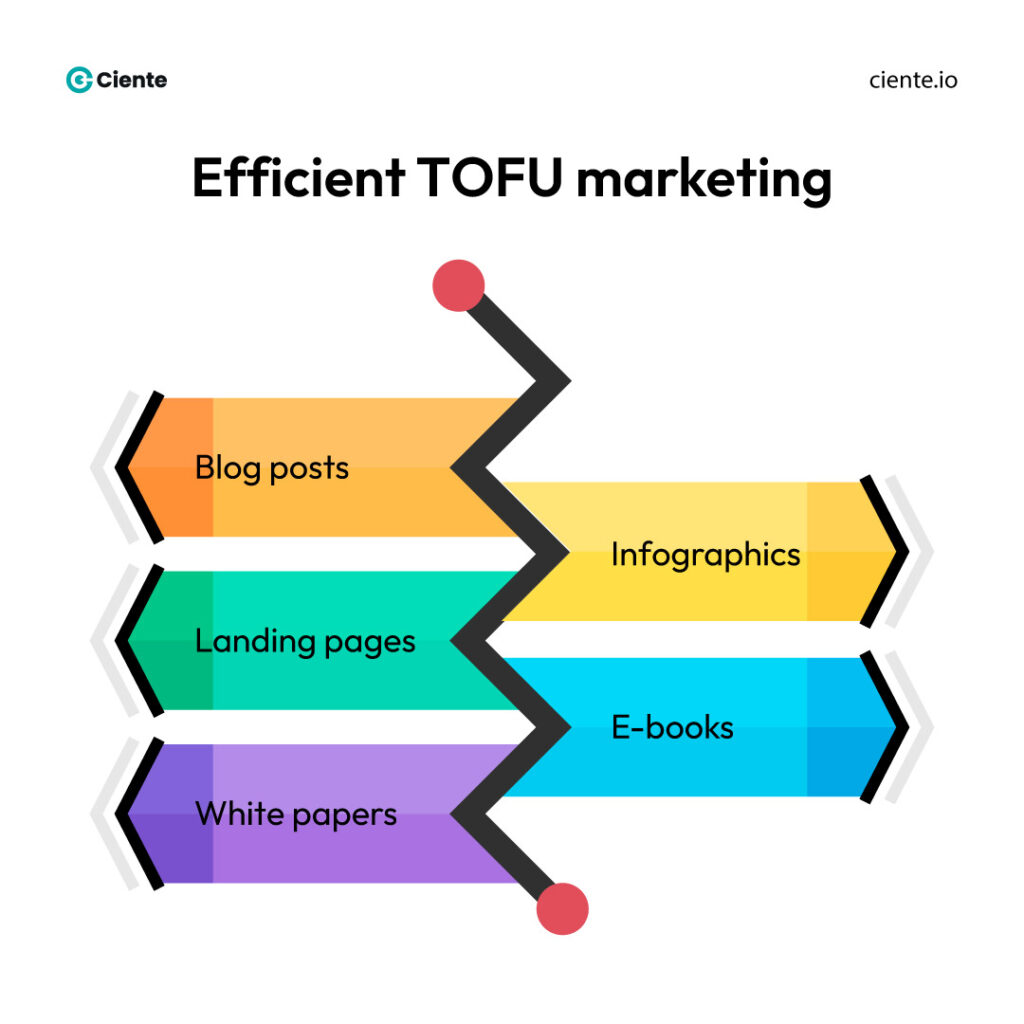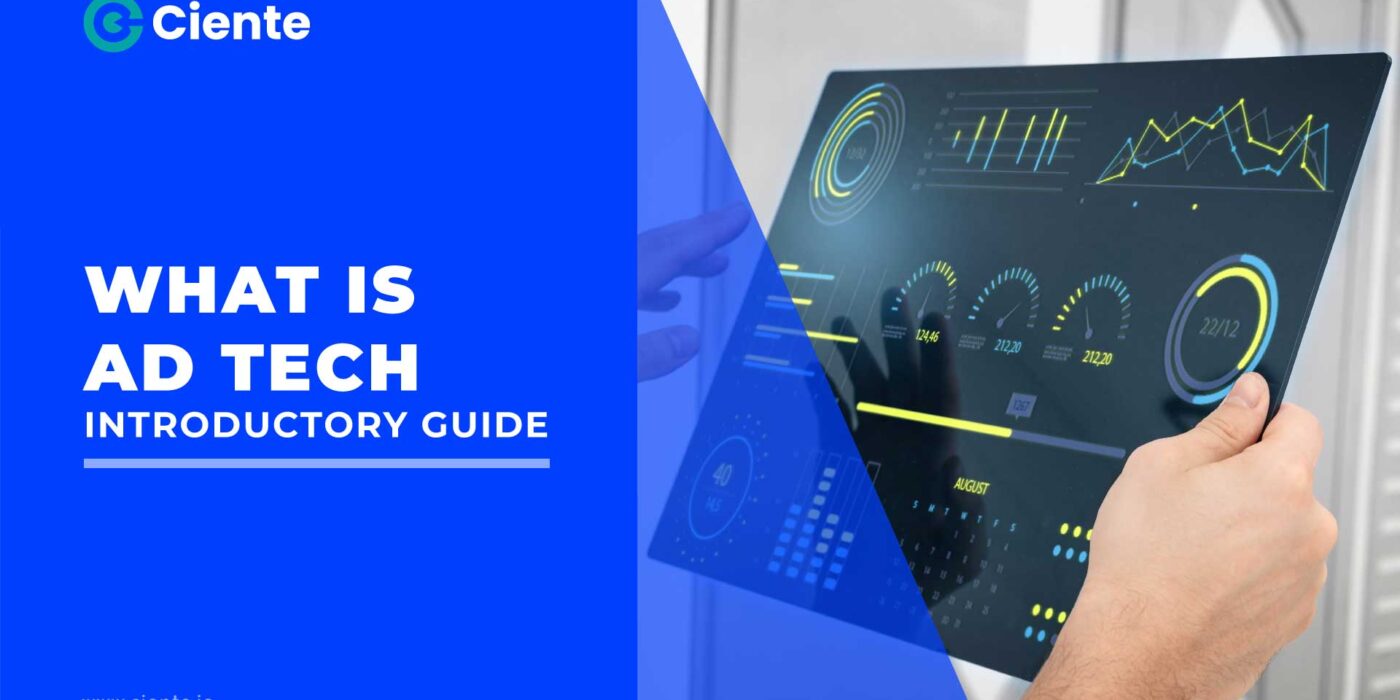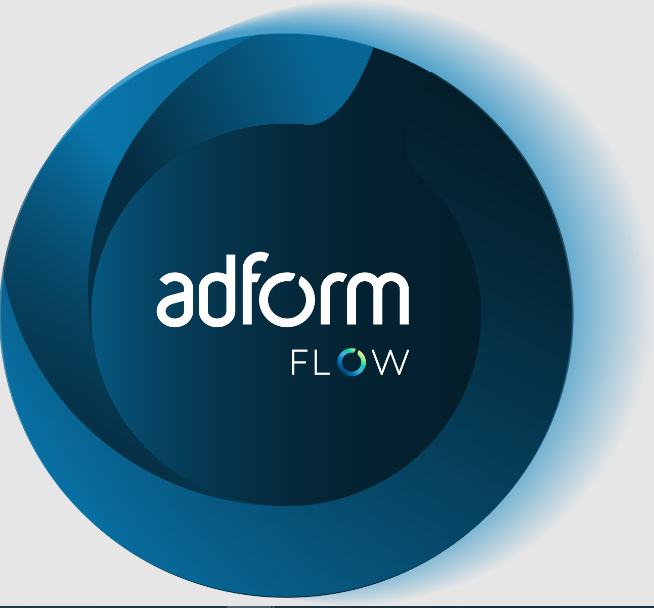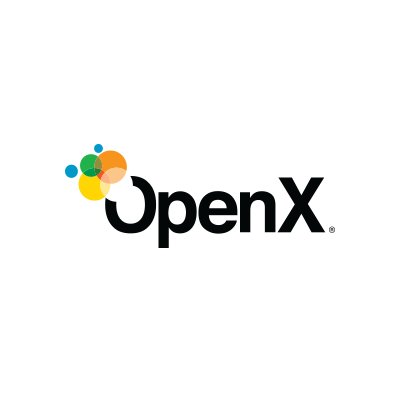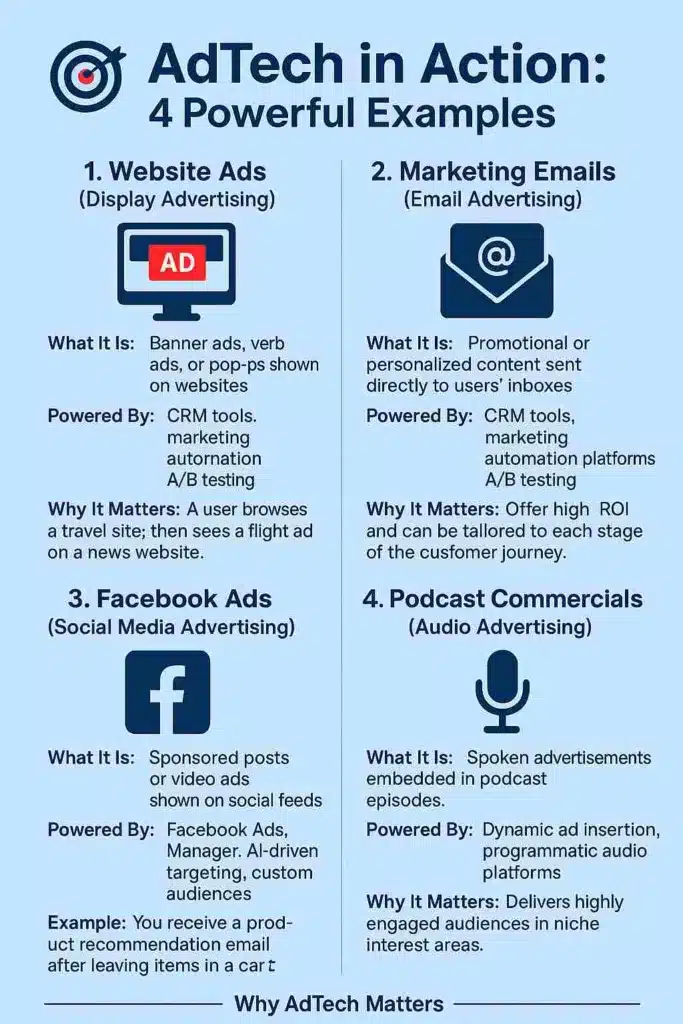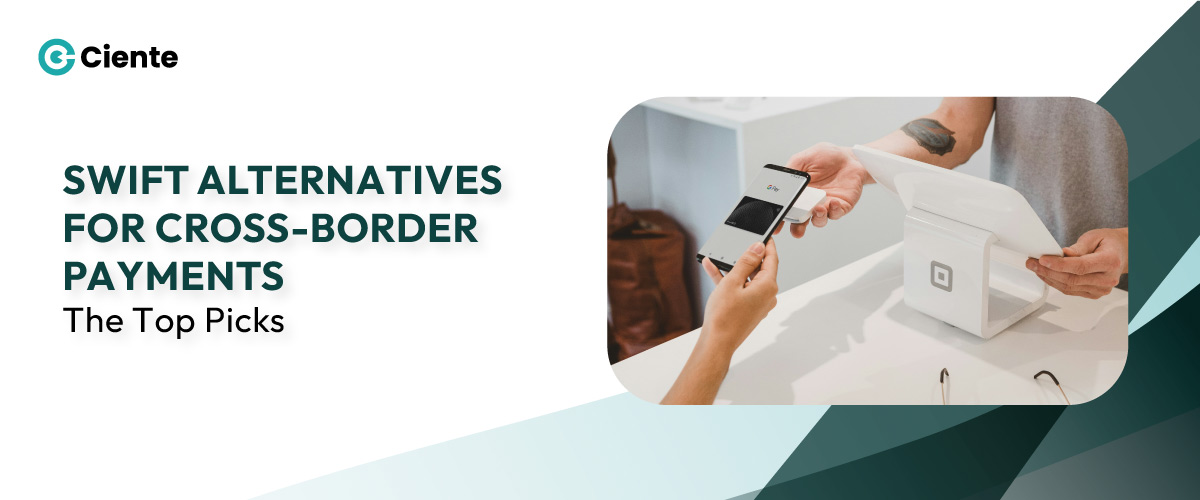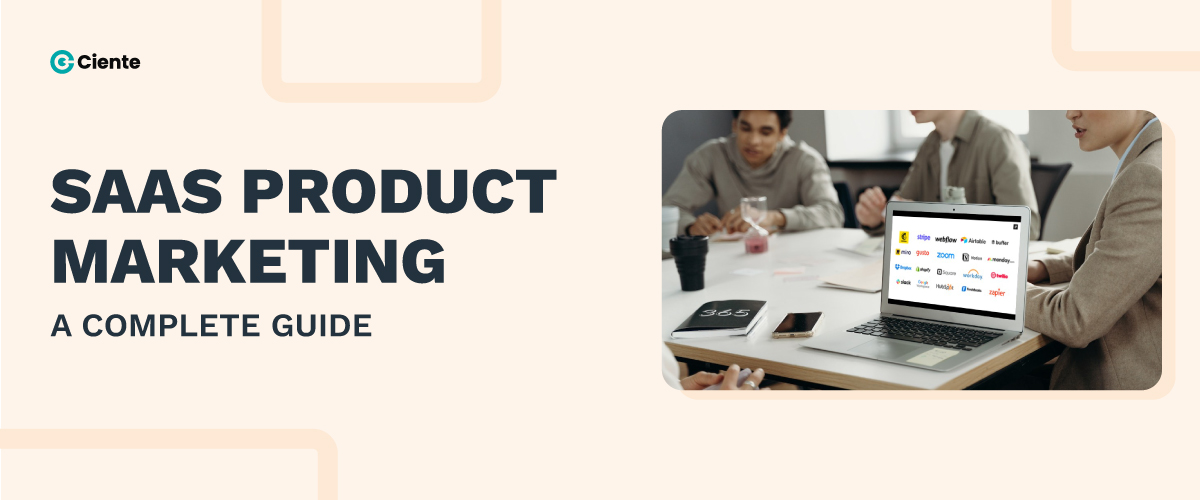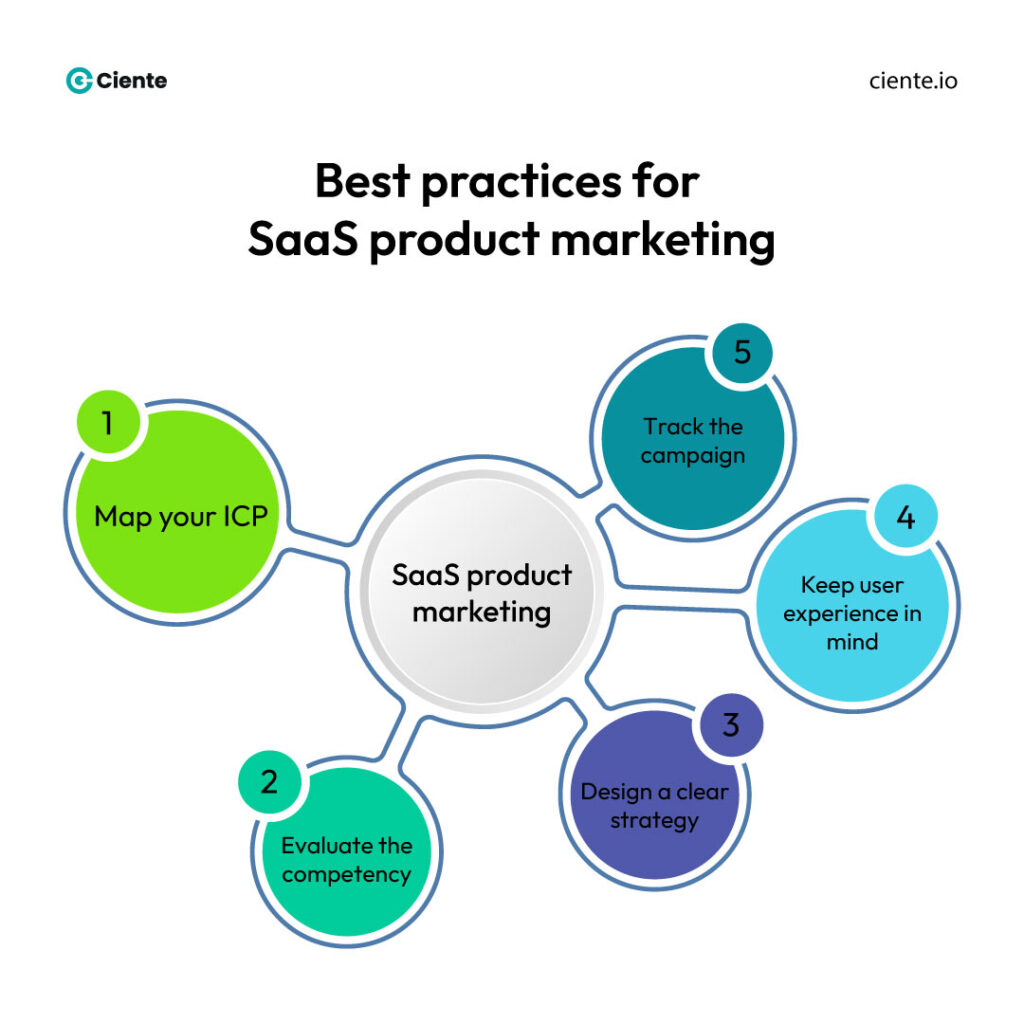Branding and Design: Beyond Logos
Design and Branding are always constrained to visuals. These limitations hinder a brand from fully coming into its own. But what if you could go beyond?

Design is humanity’s greatest invention. Or rather a discovery. The language of design helps us understand, visualize, and create symbols that make sense.
Everything man-made that you see has been designed with the intention that someone might use it or find it exciting. The design makes something memorable. With this usage of abstract symbols and design choices, we are able to use and program commands in machines and create a brand.
Branding and design are linked together like a coin with two sides. They are an inescapable part of each other. The discourse online surrounding brands and design is about the fundamentals of branding design.
But who doesn’t know that? A good brand has a good design. And if you want to be memorable, create an aesthetic that visually appeals to your user.
Is this it? No. To design something entails far more, especially from a brand’s perspective. And while logos and color are a major part of it, it is not something that marketing leaders do not know about.
When it comes to your brand, you know how it should look and feel. If you know your customers, you know what typography, pictures, and logo should reflect their personality.
But what goes beyond these fundamentals? Understanding timeless design principles makes brands successful. It is communicating an idea to another almost instantaneously. And staying in their mind.
The design creates trust, recognition, and belonging.

Image Description/ Caption: Designed for Perfection
The Vitruvian Man is one of the most recognizable sketches on our planet. Its creator does not need to be named. That is branding and design.
Why is it so that some visual pieces evoke a memory in our heads? When you see an iPhone from the side or front, even without looking at the logo, you understand it is the iPhone.
It is association. Your brain puts thousands of pieces together to recognize the device in an instant. When speaking of branding and design that goes beyond logos and typographies, this is what is meant.
Brands that stay on top of your head communicate who they are through subtle cues. Trust us, aesthetics are part of it, but brand design should not be confused with its sub-part— Graphic Design.
Brand as a system
Within the school of system thinking, any object is broken down into parts, and the interconnected relationship of the parts makes it work as a whole.
Brands are the same. They are dynamic systems that constantly evolve and adapt to feedback. As with any system, the brand is made up of many moving parts. From customer experience and aesthetics to the product/service/personality your brand has formed around, branding design has to consider everything.
Brands are like a movie. The entire experience must be directed to create positive outcomes for the organization and tell a story worth being part of.
This is where branding and design come into view. It is a strategic and scientific approach to creating trust within the buyer and becoming a natural choice for whatever you’re selling. It involves educating, delighting, and retaining your audience.
Build meaningful interactions
In marketing, the interactions your customer has with your brand are known as touchpoints. And marketing teams describe the customer’s path to the bottom funnel as a journey. Yet, among the noise of marketing messages, these concepts have become redundant. Explore effective Email Marketing.
But they do matter if we look at it from a different perspective. Many online resources talk about frictionless touchpoint interactions or journeys. Yet, the reader is not left with an understanding of what the content is trying to say.
These pieces beat around the bush to tell you one thing: Build meaningful interactions.
Directing your customer’s journey is crucial for brand building, as it may. But how do you do this?
You must think like a designer. Because that is what the successful brands do. They design every touchpoint with awareness of what the customer should feel or act like.
Let’s illustrate this with an example exclusive to B2B.
The concept of self-buying
You must know that self-buying has become popular since the pandemic. As more business leaders began preferring the self-buy options, the industry had a wake-up call.
They needed to get on the self-buy train like their B2C counterparts. And they did. But what does the industry find?
B2B buyers felt more regret when they self-bought. Why do you think that is? One of the reasons is that they couldn’t understand what the product had to offer.
One of the drawbacks of self-buying is not having an SDR to talk to and ask crucial questions.
But there was one more caveat: Buyers preferred remote selling. I.e. after the pandemic, in-person sales were not the preferred option for them.
This is a design problem. And shows us customers themselves don’t completely understand what makes their experience good. The design anticipates the problems the buyer may face under possible conditions. And provides an intuitive solution for it.
The intuitive design solution is to understand that your SDRs are not just outreach agents but consultants to the buyer. And through tools like Zoom can interact with the buyer.
Any good brand designer understands through instinct the value of human-to-human interaction. That a loss of it might cause some obstacles. Buyers need meaningful interactions that affirm their values. And this happens through an SDR during the final stages of the purchase.
Companies that jumped on the trend without this thought process may have faced a lack of high-quality sales.
On the other hand, businesses with hybrid models with their sales teams working as consultants and helpers to ease buyer choice must have reported better deals.
And that is not mere conjecture. In the report we linked above, proves buyers were 1.8x more likely to complete high-quality deals when the model was a mix of self-buy and rep-assisted.
Let’s make branding and design into actionable principles.

Image Description/ Caption: Let Design guide you home
Designing Belonging
SEMRush is adored by a large community. And equally, some who adore Ahrefs.
Both companies are known to feud. They are SEO tools. SEMrush is supposed to be great for keywords and Ahrefs for backlinks. Teams fight over which one is better.
Countless blogs pit the two against each other for commercial purposes. Yet, the SEO community manages to stay passionate about both.
Why do these two brands evoke such appreciation? Because people feel a sense of belonging with them. Both brands have managed to capture their intended audience and hold their attention. Especially SEMrush.
But how do you create belonging through branding? The simple answer is to align with something. There is a debate in the community between keywords and backlinks. And maybe…just maybe. SEMRush and Ahrefs decided to support these polarizing communities by design.
This created a sense of belonging between the community and the brand. If a product is good and does what is needed, its brand can quickly create a passionate community.
And nothing exemplifies this like Notion
The community of Notion

Credit:https://www.reddit.com/r/Notion/comments/1bwo4tc/i_am_worried_about_notion_community/
Do you see the affection Notion gets from its users? Go and read the comments. They are passionate, to say the least.
Why does this platform have such an avid fan following that people wear Notion merch, and why does the San Francisco Standard say that people use it to run their lives?

If you are creative, you know Notion. For those who do not— it is a connected workspace for wikis, projects, and docs.
It’s an all-in-one tool for creation and management.
But if you ask any creative, the tool is more than that. It helps you make your ideas into reality. Notion works on the concept of customizable databases, and these databases can get as creative as you. Offering what seems to be endless possibilities. People even monetize their databases because they are effective.
Notion, coupled with marketing, high-quality content, and a tool that satiates the want for premium stationery items, creates a unified experience of satisfaction.
Notion is designed for people to want to ask more. All through intentional design.
Here is the co-founder’s interview. Through his words, we can understand that he and Ivan designed Notion by understanding the needs of the knowledge worker and creating a tool that lets them personalize through building blocks.
Revolutionary.
“Design means everything here. We’re a tool that solves people’s daily problems.” — Ivan Zhao
Look at Ivan’s comments – A tool that solved people’s daily problems. And they designed their brand to exemplify this.
From the community meet-ups to incorporating customer feedback and app integrations. Notion is everything a tool wants to be.
Notion has such a Zen way of organizing and creating programming, writing and designing, and whatever you want to use it for. That it hooks you in. And makes you passionate. Explore Programmatic advertising.
Do you want to create a second brain? Notion’s got you.
Let’s break down the design principles behind belonging: –
- Understand what your product/service/personality stands for
- Let the customer explore and find out what it can do by sprinkling in clues
- Let them talk about it (Or create discussions around it)
- Enable their thirst for knowledge.
Creating Trust and Recognition

Image Description/ Caption: Trust made tangible
In the Soviet Union, things were not branded till the 60s because of socialist rules. This created a huge problem. Quality was bad, and factories could not be held accountable.
After a fiasco involving rivets, ships, and sinking, the USSR realized branding and design were crucial.
Very crucial.
And so started the boom of state-owned design teams that made logos and had names of the manufacturing factories etched into their products.
Have you ever wondered why brands were ideated into existence? It is because of a need. The a need to distinguish between high-quality goods and trustworthy creators.
Great design plays the role of enforcing this idea. Look at McDonald’s. The undisputed king of fast food.
What do you think made McDonald’s so popular? Is it the Iconic logo? Is it McDonald’s the clown?
Of course. But let’s take a granular approach. They dominated because of design. The winner was their kitchens and the Speedee System created by the brothers Richard and Maurice McDonald.
It was revolutionary.
It was the lever of McDonald’s success and why Ray Kroc believed in the brand. Let’s take it a step further.
After World War II, drive-in competition in San Bernardino grew, and the McDonald brothers discovered something surprising about their barbecue restaurant: 80 percent of their sales came from hamburgers. “The more we hammered away at the barbecue business, the more hamburgers we sold,” said Richard McDonald, according to John F. Love’s book McDonald’s: Behind the Arches.
The brothers closed their doors for three months and overhauled their business as a self-service restaurant where customers placed their orders at the windows. They fired their 20 carhops and ditched their silverware and plates for paper wrappings and cups so that they no longer needed a dishwasher. According to Love, they simplified their menu to just nine items—hamburgers, cheeseburgers, three soft drink flavors in one 12-ounce size, milk, coffee, potato chips, and pie. — Source: https://www.history.com/news/how-mcdonalds-became-fast-food-giant
The McDonald brothers thought like pioneers. The success of their business was possible because their brain picked up on design choices— whether through instinct or training.
- They realized burgers were selling more
- And created a system to deliver it to the customer quickly and in their hand.
Can you see something here? The McDonald brothers created a lean start-up. A quick and agile entity. And their echoes are still heard 75 years later in 2024.
Let us talk about design principles: –
- Identify your product or service offerings and analyze what is popular with your customers.
- Is there an opportunity to enhance customer experience by becoming aware of what they want or need?
- Is there bloat in your design? Something you can eliminate without affecting your main product. Even elevating its speed in some aspects.
- Ask yourself: If this choice is so powerful, can a brand emerge through this, or can your brand become synonymous with that offer?
A brand that designs itself to provide value to its user and anticipates their needs will get the opportunity to associate itself with a concept.
Like Apple with design. Like Google with search. Like McDonald’s with Fast Food. And HubSpot with Marketing and Sales.
Design principles put you on par with the giants.
Bring it together for the user to feel, see, and touch.

Image Description/ Caption: Can you feel the heaviness in their backs?
Great design excites all the senses. You must have interacted with tools and software that seemed tangible. The software almost anticipates your responses and helps you grow. As it guides you through its challenges, you feel the joy of discovery.
SEMRush is such a tool. It knows what the user wants and, through design helps them grow their marketing skills. Another is Google.
Imagine the head of Google’s designers- they thought that search should be simple and made the software easy to use. You cannot touch Google but feel the experience through your keyboards.
Or look at the advent of AI. It is an intelligence designed to derive ideas and help us find new thought processes. Perplexity, Claude, and ChatGPT encourage exploration through simple UIs.
You talk. The AI responds.
Think about it. Such simplicity is born from the complexities of immense computational powers.
The question is: How can you do this with your tool and make it part of your brand’s identity?
Branding and Design as a reflection
Brands are a reflection of strategies, design choices, and the product (or services and personality) your team is selling.
Unique brands manage to bring out their traits through visual, industrial, and software design. Are they special? No. The only difference between good and bad design is not understanding user needs. And anticipating failure.
There’s no point in adding features that will not elevate the user or make their usage easier. In marketing, good design asks itself— will my base customer find value in this message? If not, how can it be?
Branding and Design is asking yourself the right questions.
And Ciente can help you.
Ciente.io produces high-quality content to help you strategize and provide an edge over the competition. Our in-house creatives and strategists provide the data and expertise to help you orchestrate buyer experiences.
Whether design, content, or maximizing your reach, we help leaders grow their businesses and achieve bottom-line growth.



